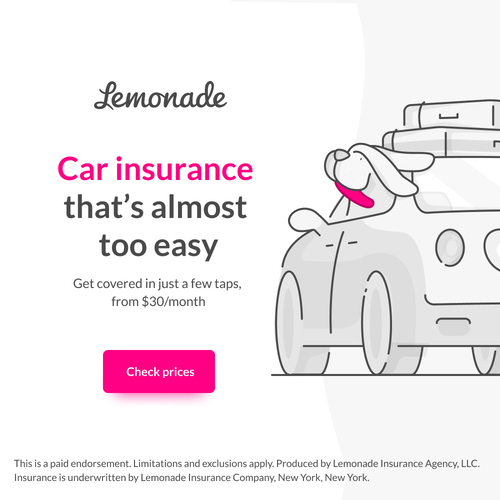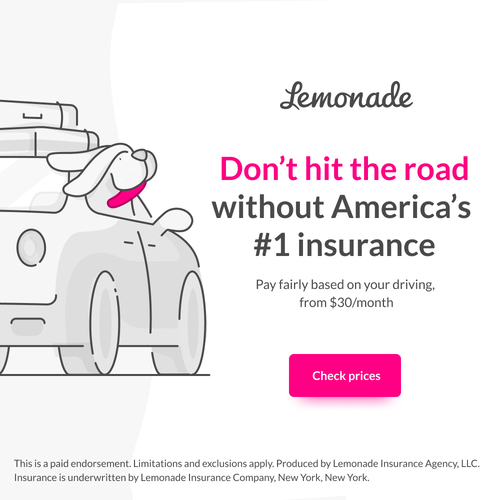Maintaining an adequate auto insurance policy is vital to protecting your vehicle and your finances while you are on the road.
While there seems to be an infinite amount of advertisements from auto insurance policies, there are still some confusing details when it comes to building a policy that many consumers do not consider.
Namely, what does car insurance do, and what kind of coverage do you need as a driver?
Fortunately, we have plenty of answers for you, and today we will describe some scenarios where different auto insurance coverage will cover damage and lower your out-of-pocket expenses.
Auto Insurance Is Important
If you plan on driving in the United States, then you probably need adequate auto insurance coverage.
Each state has its own minimum insurance requirement for residents, but realistically, most drivers need more coverage than any state’s minimum.
For example, if your state minimum for liability coverage is $15,000, and you cause $50,000 worth of injury damage, then you would be on the hook for the additional $35,000.
Many drivers opt for a higher limit for liability and collision coverage because they don’t want their personal property to be on the line when if they hit something or cause an accident.
Insurance lines expressed as 35/100/35 indicate that the driver has $35,000 worth of personal injury liability coverage, $100,000 worth of accident injury liability coverage, and $35,000 worth of property damage coverage. Some insurance providers may model their lines a little differently, but this expression is fairly common by and large.
Driving Scenarios
You may be wondering, but which type of insurance covers what damage? We have put some simple scenarios together to detail which types of auto insurance coverage may jump in to cover damages:
- A Tree Falls On Your Car
In the event a tree falls onto your car and causes significant damage, comprehensive coverage will pay for the damages.
Comprehensive coverage can be confusing because it has a finite limit that is tied directly to your car’s market value. For example, if you paid $40,000 for your car, but when the tree fell on it, the market value dropped to $33,000, your policy would only payout up to $33,000.
Your car may not have sustained the total $33,000 in damage, but if it did, your insurance provider may deem your vehicle a total loss instead of paying for repairs.
- You Crash Into Another Car
If you crash into another car and are deemed to be at fault in your accident, then your liability coverage will kick in.
The accident’s severity will determine if your policy will need to pay for injuries in addition to property damage to the other car.
Your liability coverage will pay for medical and repair costs up to the policy limit, so when you shop for a new auto policy, make sure you choose sufficient liability coverage without breaking the bank.
- An Uninsured Driver Hits You
When an uninsured driver hits you or a driver hits you and drives away without being identified, your uninsured motorist protection will step in to cover any damages. These situations are interesting because your insurance provider assumes responsibility even if you are clearly not at fault.

- America's Top Insurance, Now for Your Car
- Sign up in just minutes
- Fair prices, based on how you drive
- Discount for EV cars
- Benefits for low-mileage drivers

- 60+ years experience in car insurance
- Affordable rates
- Quality coverage

- Unbiased insurance recommendations
- Connect to only the best insurance providers
- Easy-to-use comparison tool

- Online policy purchase discount
- $842 savings when you bundle home & auto
- Customized coverage
When You Should Have Additional Coverage
Although liability and comprehensive coverage will payout and cover damages up to their limits, there are certain scenarios when extra insurance protection may be beneficial.
Let’s say you purchased a brand new vehicle and are financing it through an auto loan. Although there is nothing as refreshing as that new car smell, you will be paying a premium for it through depreciation.
Depreciation is an accounting term that means a new item will lose value over a given time period because there will always be a newer model to replace it. When you drive your brand new vehicle off the lot, then it will immediately be worth less than it was a moment ago.
If the car was $35,000 when you bought it, it might be worth $29,000 a year later. In the event it gets totaled, your comprehensive coverage will only pay for repairs based on the market value of $29,000, whereas your loan balance may be more.
This is where gap coverage can play an important role because it will fill the financial “gap” between what you owe on the loan vs. what the car is worth on the market.
Many lenders require loan applicants to purchase gap coverage because it prevents them from going underwater on a loan.
Final Thoughts
Hopefully, you are more confident than you were before when it comes to understanding auto insurance terminology.
Comprehensive and liability coverage are both robust financial safeguards as long as you have adequate coverage from your insurance provider.
If you want to learn more about how to purchase insurance or who some of the top providers are, please check out our other guides and reviews; you’ll be glad you did!



